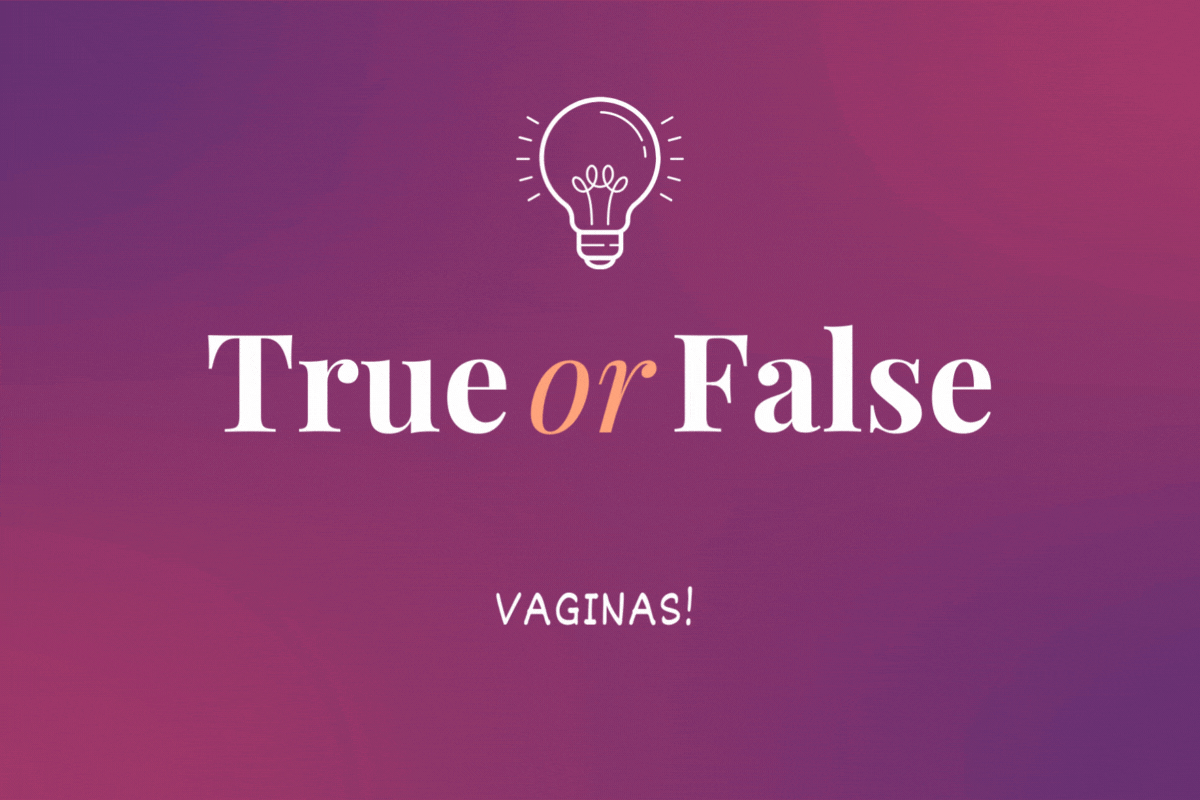
True or False: Vaginas!
Take our quiz to see how much you know about this vivacious part of female anatomy
Aug 20, 2024
Your Health
Take our quiz to see how much you know about this vivacious part of female anatomy
Fact: All vaginas are amazing. It’s actually pretty mind-blowing to think about the things the vagina does for anyone who has one. Vaginas offer pleasure. They’re the Panama Canal for babies. Perhaps the most impressive fact is that vaginas are self-cleaning. Some of us don’t even have an oven — let alone a partner — that does that.
The list goes on and on (below in the quiz). But before we celebrate everything vagina — ask yourself — if you passed a vagina on the street, would you recognize it? How much do you really know about the secret life of your Walter Mitty?
Read: 15 Minutes With: Ashley Winter, M.D., Talks Urology, Sex and All Things Vaginas >>
Take our quiz to find some answers and really good information about vaginas.
Correct
Incorrect
Correct
Incorrect
Correct
Incorrect
Correct
Incorrect
Correct
Incorrect
Correct
Incorrect
Correct
Incorrect
Correct
Incorrect
Correct
Incorrect
Correct
Incorrect